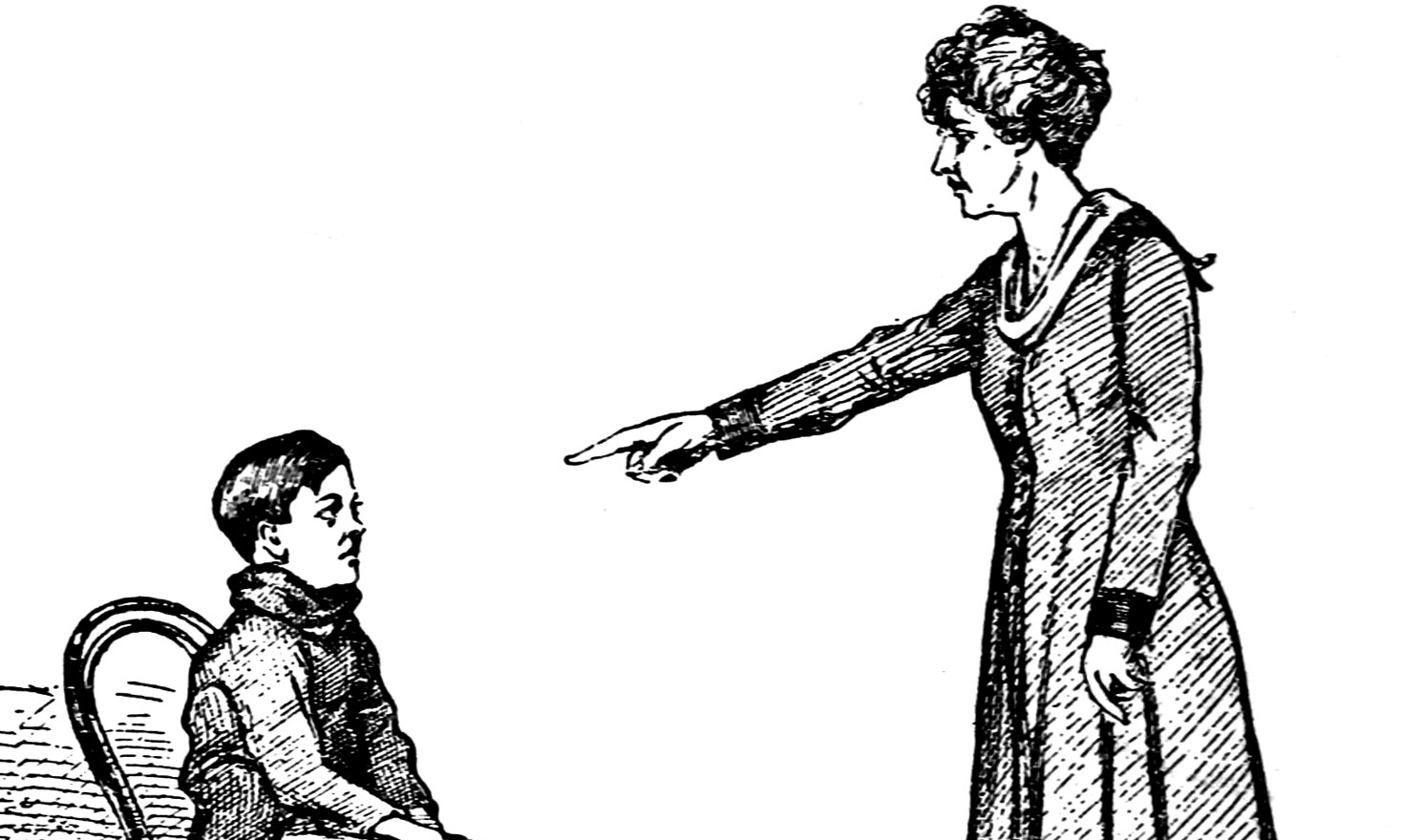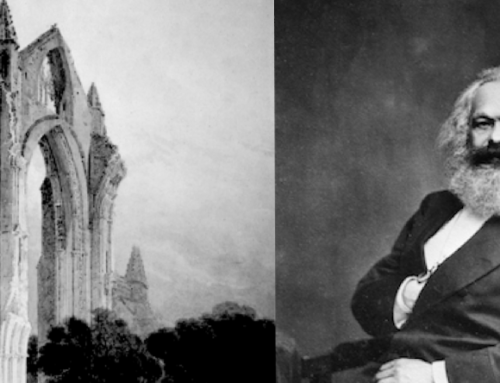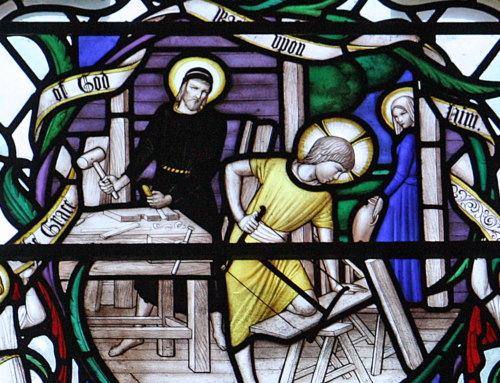Sed Contra: An Essay on the Modern Culture
A “sed contra” essay is to engage a cultural concern and to address it with the help of some philosophical or theological authority. Henceforward, a “sed contra” essay will be published once per month during the academic year.
A few months ago, TIME Magazine proclaimed “The Power of Youth” as the title for its “person-of-the-year” profile. The article focused on a sixteen-year-old who had harangued the adult leaders of the United Nations. TIME interpreted this event as a high point “in a generational battle, … [involving] youth activists across the globe fighting for everything from gun control to democratic representation.”
On a smaller scale, the Wall Street Journal carried an article about the short-lived expression “OK boomer,” which “has become a sly linguistic weapon of intergenerational warfare.” In other words, the young are lining up against the old, children against their parents. Battle lines have been drawn, and “OK boomer” is the cry to arms. The article goes so far as to say that we are in the midst of one of those perennial struggles between the young and the old.
Perhaps it is part of the human condition that in every age the generations are necessarily pitted against each other.
ON THE CONTRARY, the Gospel of Luke tells us that the boy Jesus, having slipped away from his parents for three days in Jerusalem, later returned with them to Nazareth and “was obedient to them” (Luke 2:51).
To the modern ear, the word “obedient” seems to imply that Jesus was the loser in a family spat. It might sound as if Jesus displayed cowed passive subservience to his parents. When read in this light, the parents have triumphed over the child in this Nazarene skirmish. The young Jesus lost the face-off, and servile obedience was his punishment. Does the life of the Holy Family confirm the eternal nature of intergenerational warfare?
No. The gospel is not talking about “subservient obedience.” The Greek word “to be obedient” (ὑποτάσσω) has militaristic undertones, but not in the form of conflict. Greek authors used it to describe the arrangement of soldiers when standing together in ranks and columns. Thus, “to be obedient” (ὑποτάσσω) means “to place in the shelter of another” or “to assign a place in the ranks.” It implies unity within the army, not infighting. This “harmonious obedience” speaks of the crucial cooperation and the mutual responsibility that accompanies exceptional teamwork. In Nazareth, the child Jesus, through his obedience, took his place in the harmonious functions of the Holy Family. Mary and Joseph are not standing in opposing ranks against their child. Rather, through Jesus’ obedience, they all stand together side-by-side. The young Jesus and the old(er) parents were in alliance, not warfare.
With this clarification, we can uncover the fundamental mistake of TIME’s narrative of “a generational battle.” It is an error to reduce everything to a dialectical power struggle between warring factions: young vs. old; conservative vs. liberal; Francis vs. Benedict; citizen vs. immigrant; men vs. women; humans vs. God. There are many problems in our lives that cannot be papered over. However, we will not find solutions by dividing the world among competing factions based on identity. We must resist the folly of pitting “us” against “them.”
Starting with the arguments in Eden at the foot of the tree of knowledge, divisiveness has marked all of human history. In reality we crave harmony, but frequently sow division. Yet, the “harmonious obedience” within the Holy Family teaches how it is possible to stand alongside each other, not in opposition. However, it requires self-sacrifice from everyone, from both parent and child, each in their own way. All members of the Holy Family, young and old, practiced mutual self-sacrificing obedience. As a child, Jesus stood in harmonious obedience alongside his human parents. As an adult, Jesus, the all-powerful God, “became obedient to death, even death on a cross.” Christ obediently hung from the tree, and his mother, Mary, obediently stood alongside.
✠
Image from An Interpretation of Hoffman’s “Christ in the Temple”







